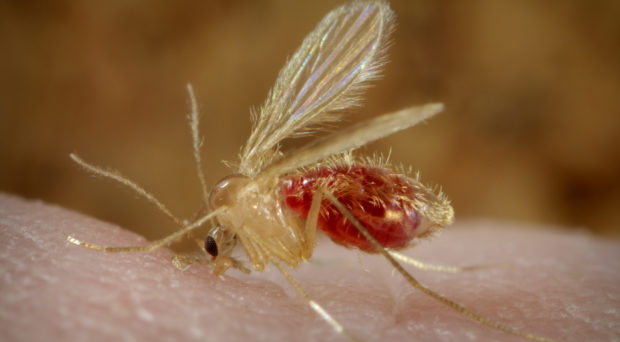
Vector control using indoor residual spray by insecticide is well-evidenced option for control of vector borne diseases. Phlebotomus argentipes, sandflies, the vector of visceral leishmaniasis (commonly known as kala-azar), were so sensitive to DDT insecticide that insecticidal spray for malaria vector’s control resulted in reduction of kala-azar as a collateral benefit in India. Nobody was aware that this sandfly had developed resistance to dichlorodiphenyltrichloroethane (DDT) until the report in 1990 from India.
Since the launch of elimination of kala-azar in India, Bangladesh and Nepal by WHO in 2005, it is prudent to sharpen the tools of intervention for control of sandflies.
Most of the research activities for control of sandflies have piggy-backed malaria control. However, technically in view of long life cycle and slow progression of kala-azar disease, it is easier to control kala-azar than malaria. Therefore, the decision of selecting an insecticide for spray should be evidence based.

Gentle handling of sandflies during collection from the field and transferring to WHO recommended plastic tubes is very important, otherwise sandflies transferred with force would be injured and it may result in exaggerated results of susceptibility.
Knowledge of the susceptibility of sandflies to insecticide is one thing and getting the desired result of their control in field conditions is another thing. The surfaces of mud plastered or thatched households where insecticide is sprayed for control of sandflies or even mosquitoes, is not taken into account.
The residual efficacy of sprayed insecticide depends on the housing material of walls where insecticide is sprayed. I have seen in high kala-azar endemic areas of the Vaishali district in Bihar that completely thatched houses or those with mud plastering up to 2 feet high are not suitable for spray. Furthermore, the second round of spray coincides with rainy season therefore the walls of poorly maintained mud houses remain too wet and thus this thwarts the residual efficacy of insecticides.
Timing of spray schedule also matters in effectiveness of IRS. If due to logistic reasons, the second round of spray is delayed, inhabitants mud plaster their houses with mud or white wash after just 15 days of spray.

In order to achieve the goal of elimination of kala-azar, knowledge of susceptibility status of sandfly species to the insecticide being used for spray is essential. More studies are warranted from Bangladesh in this regard and the bordering areas of India, Bangladesh and Nepal should share their vector control programme strategies for negating the impact of insecticide resistance in sandlfy vectors.
In order to achieve the effectiveness of spray, operational research on impact of housing material on residual efficacy of insecticide, best operational time of spray and educating the community about purpose of spray should be considered for getting optimum results for the elimination of kala-azar by 2020.
Comments